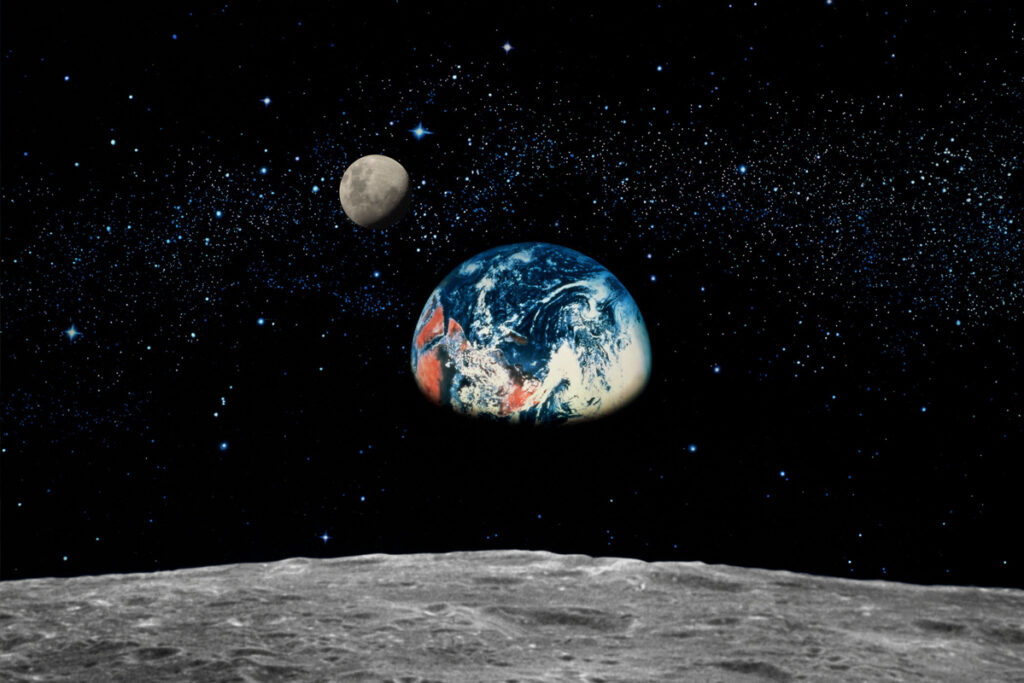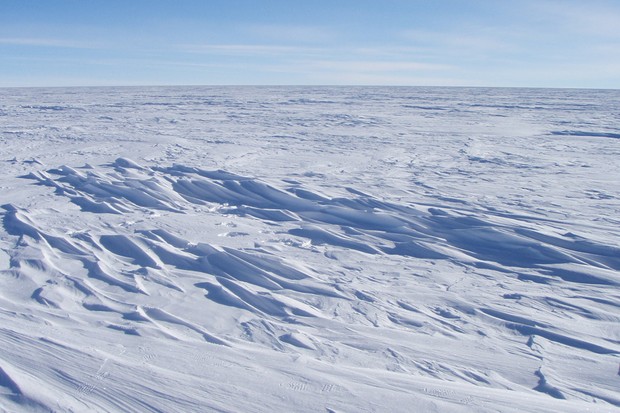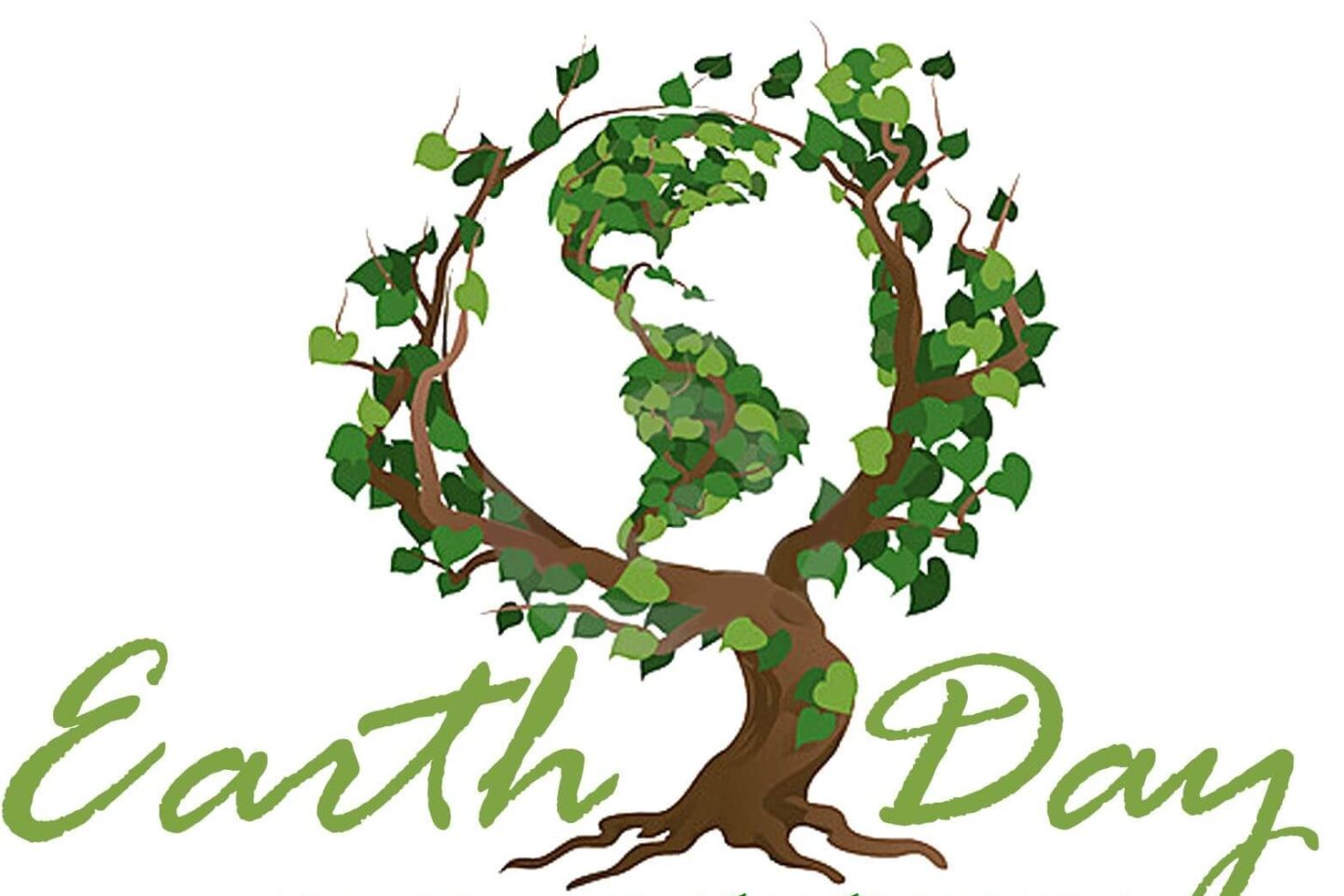Every year April 22 is marked as Earth Day anniversary to commemorate the birth of the modern environmental movement in 1970. To save Earth from the grapples of capitalism earth Day was marked to conserve the earth and its resources. Karl Marx can’t be left behind, as he analyzed the perils of capitalism which not only profited from the labor force but consumed everything.
He once said, “Man lives in nature- means that nature is his body, which he must remain in continuous interchange if he is not to die. That man’s physical and spiritual life to nature means simply that nature is linked to itself, for man is a part of nature.” In this writing, Marx very well explains the human-nature relationship: that both are vital for the survival of the other.
In the decades leading up to the first Earth Day, Americans were consuming vast amounts of gases. Through massive and inefficient automobiles. Air pollution was commonly accepted as the smell of prosperity. Mainstream America remained blindfolded to the oblivious environmental concerns and how a polluted environment threatened human health. Another reason for this day to be marked is the anti- Vietnam war movement. Which accused capitalist chemical companies of growing rich through the use of chemicals in the Vietnam war.
Earth Day in 1970 came at providing a voice to this emerging environmental consciousness and putting environmental concerns on the front page. On this day, here are some of the unknown facts about Earth that no one knew before.
Earth used to be Purple

At least, that’s one scientific theory based on the idea that ancient microbes may have relied on a molecule called retinal, rather than chlorophyll, to absorb the sun’s rays. Retinal (which can be found in organisms such as halobacteria) absorbs green light and reflects back red and violent light, creating a purple color.
60 Tons of Cosmic Dust Fall to Earth Daily

On daily basis, dust from meteorites, comets, and other solar bodies falls into earth in tiny particles that increase the level of sodium and iron in the planet’s atmosphere. Scientists studying the phenomenon suggest that about 60 tons of cosmic dust is falling to earth daily.
Earth Once Had Two Moons

Earth is relatively low and flat and the one that faces away has a much thicker crust. The model suggests that there was once a “companion moon” that collided with the far side of our current moon.
The Greatest Vertical Drop in Canada

Mount Thor, has a 4,000- foot rock face that has proved daunting for climbers, with 30 attempts made before a four-man team from America finally in 1985.
Earth gets Very, Very Cold

Antarctica is the coldest place on the planet, but how cold it gets might surprise us. The temperature on the East Antarctic Plateau has been found to dip to minus -133.6 degrees Fahrenheit.












